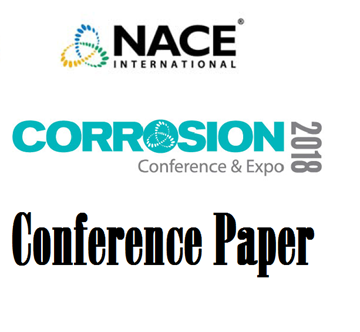Search
51312-01657-CP system validation of offshore structures through modeling
Also Purchased
10390 Design Validation of ICCP Systems for Offshore Wind Farms
Product Number:
51300-10390-SG
ISBN:
10390 2010 CP
Publication Date:
2010
$20.00
51318-11321-Systematic Design and Management of an Offshore Cathodic Protection System
Product Number:
51318-11321-SG
Publication Date:
2018
$20.00
51315-6012-ICCP Retrofit Challenges for an Offshore Jacket Complex
Product Number:
51315-6012-SG
ISBN:
6012 2015 CP
Publication Date:
2015
$20.00




